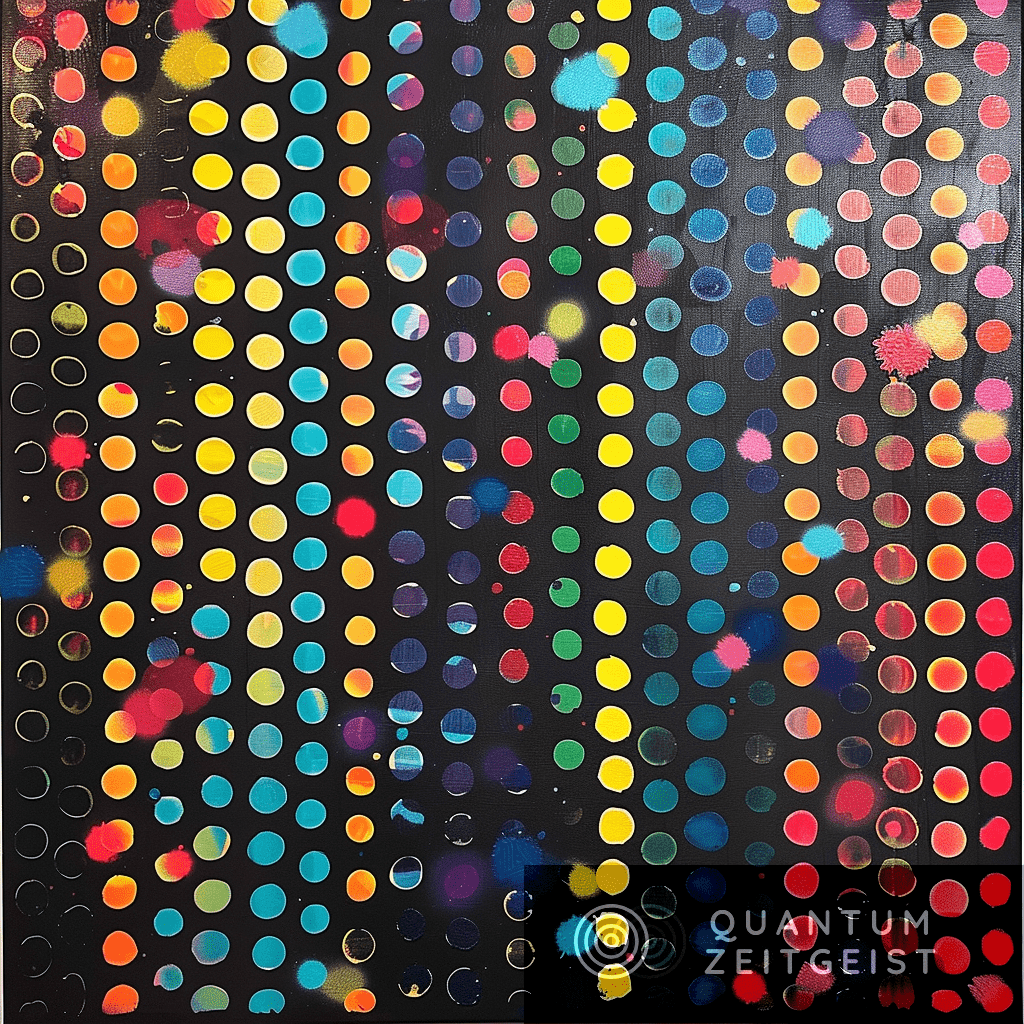The rapid advancement of quantum computing poses new risks to encryption, with lattice-based cryptography emerging as a potential defense against quantum computer attacks. This form of post-quantum cryptography uses the mathematical structure of lattices to create secure cryptographic systems. The article focuses on the learning with errors (LWE) problem, a key component of lattice-based cryptography, and presents a new efficient variant of the LWE cryptographic scheme. The development of quantum computing could render current encryption systems insecure, making the exploration of post-quantum cryptography crucial.
What is the Future of Post-Quantum Cryptography?
The rapid advancement of quantum computing devices has the potential to create robust machines that can tackle a wide range of issues beyond the scope of conventional computers. However, these quantum computing machines also pose new risks, especially in the realm of encryption. Lattice-based cryptography is seen as the future of post-quantum cryptography and a potential defense against quantum computer attacks.
Lattice-based cryptographic protocols offer several advantages, including security effectiveness, reduced energy usage, and speed. This article focuses on the learning with errors (LWE) problem and the cryptosystems based on the LWE problem. It also presents a new efficient variant of the LWE cryptographic scheme.
How Does Quantum Computing Impact Cryptography?
Quantum computing uses the principles of quantum physics to process information in ways that classical computers cannot. The foundations of quantum devices lie in the principles of quantum mechanics, such as qubits, superposition, and entanglement. With the development of quantum algorithms, quantum machines can process vast amounts of information simultaneously, providing potential speedups for highly interconnected and parallel computations.
Quantum computers have immense potential to revolutionize various fields, including cryptography, and optimize complex systems more efficiently than classical algorithms. However, the introduction of a sufficiently large quantum computer could render current encryption systems insecure. Shor’s algorithm discovery demonstrated that a quantum computer, if realized at scale, could solve certain problems significantly faster than classical computers, posing a threat to the security of widely used cryptographic schemes such as RSA and elliptic curve cryptography (ECC).
What is Post-Quantum Cryptography?
Post-quantum cryptography aims to develop encryption algorithms and cryptographic protocols that are resistant to quantum attacks. As the development of quantum computing progresses, post-quantum cryptography seeks to create encryption algorithms and cryptographic protocols that remain secure even in the presence of quantum computers.
Some techniques and approaches used in post-quantum cryptography include code-based cryptography, multivariate polynomial cryptography, hash-based cryptography, and lattice-based cryptography. The potential impact of Shor’s algorithm on cryptography has spurred interest in post-quantum cryptography.
What is Lattice-Based Cryptography?
Lattice-based cryptography is a type of post-quantum cryptography that uses the mathematical structure of lattices to create cryptographic protocols. Early discussions of lattices can be found in the 18th century in the works of mathematicians such as CF Gauss and JL Lagrange. In the late 19th and early 20th centuries, H Minkowski played a pivotal role in advancing the study of lattices and their geometrical properties.
The field of lattice theory, as a branch of abstract algebra and order theory, gained momentum in the mid-20th century. Lattice-based cryptography is seen as a promising solution to the challenges posed by quantum computing.
What is the Learning with Errors Problem?
The learning with errors (LWE) problem is a problem in lattice-based cryptography that has been used to create secure cryptographic systems. The LWE problem is based on the difficulty of solving certain mathematical problems related to lattices.
The LWE problem and the cryptosystems based on it are the focus of this article. The authors also present a new efficient variant of the LWE cryptographic scheme, demonstrating the ongoing development and potential of lattice-based cryptography in the era of quantum computing.
Publication details: “Learning with Errors: A Lattice-Based Keystone of Post-Quantum Cryptography”
Publication Date: 2024-04-13
Authors: Maria Sabani, Ilias Κ. Savvas and Georgia Garani
Source: Signals
DOI: https://doi.org/10.3390/signals5020012

